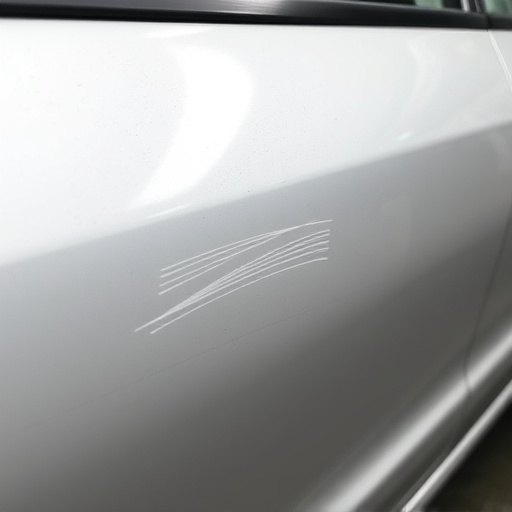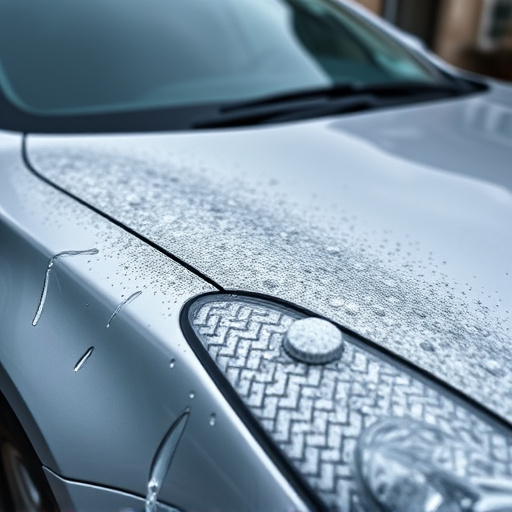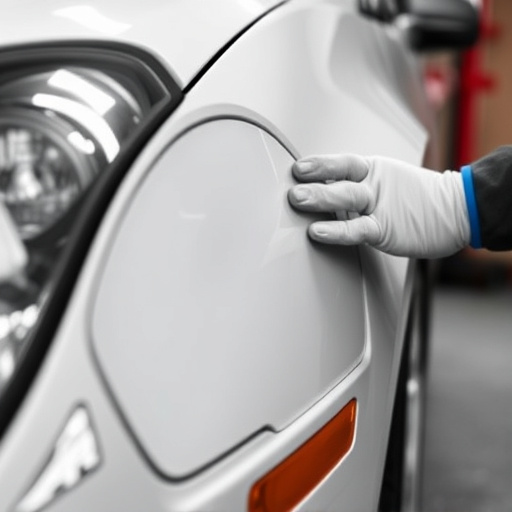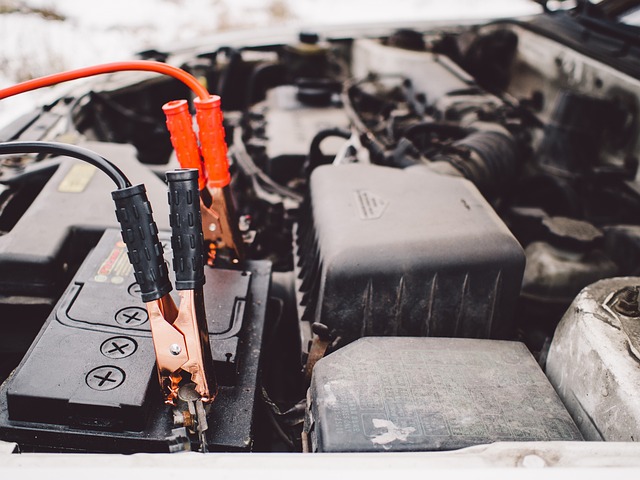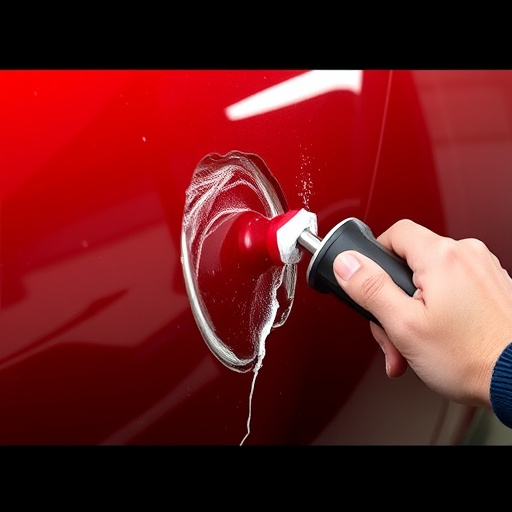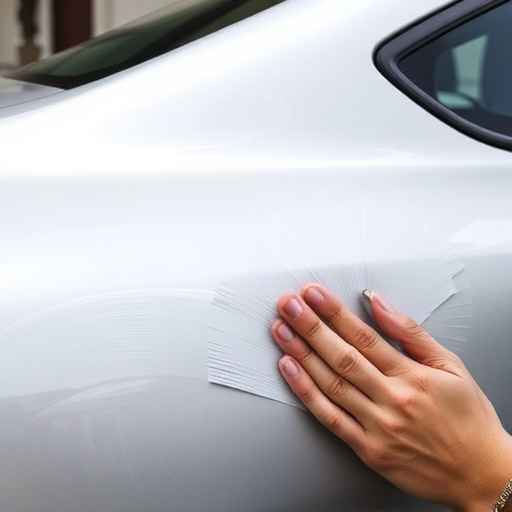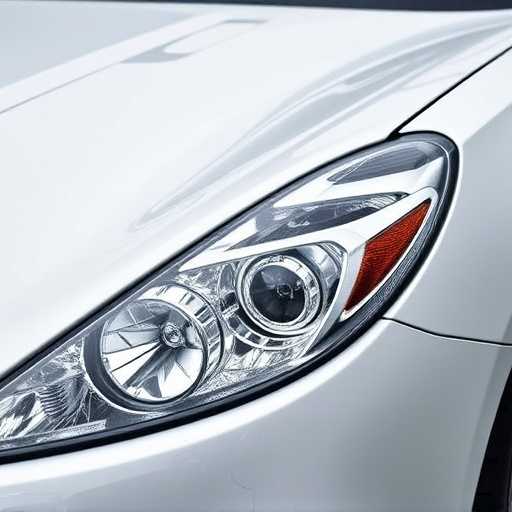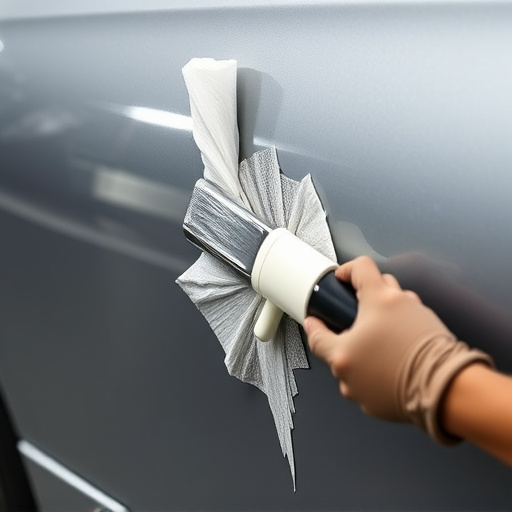Mercedes soft-close doors repair requires advanced tools and expertise. Technicians use diagnostic software to identify issues from sensor calibration to component replacement, minimizing downtime. A systematic approach includes inspecting for damage, testing mechanisms, checking electrical interference, and aligning doors. Worn components are replaced as part of collision repair services for optimal results.
Experiencing stubborn or malfunctioning Mercedes soft-close doors? Advanced diagnostics are key to efficient repairs. This comprehensive guide delves into the intricate mechanisms of these innovative features, empowering car owners and technicians alike. We explore advanced diagnostic tools tailored for identifying issues swiftly and accurately. From understanding fundamental mechanics to step-by-step troubleshooting, this article provides practical insights for resolving common Mercedes soft-close door problems, ensuring your vehicle’s smooth operation once more.
- Understanding Mercedes Soft-Close Door Mechanisms
- Advanced Diagnostic Tools for Efficient Repairs
- Step-by-Step Guide to Resolving Common Issues
Understanding Mercedes Soft-Close Door Mechanisms
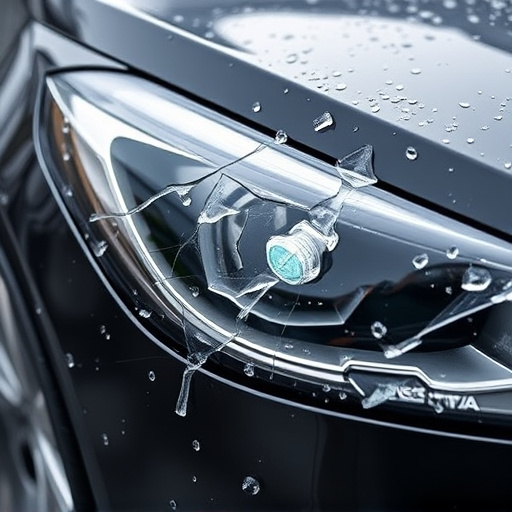
Mercedes soft-close doors are renowned for their innovative design and sleek operation. These advanced mechanisms employ sophisticated hydraulics or electric actuators to ensure smooth, controlled closing, often accompanied by a subtle, customizable sound. Understanding this intricate system is key when addressing any issues.
When problems arise, such as doors that don’t close properly or consistently, it may involve faulty sensors, damaged actuators, or hydraulic leaks. Proper diagnosis requires a deep knowledge of these mechanisms and advanced diagnostic tools. Experienced technicians employ these to pinpoint the issue, whether it’s a simple sensor calibration or more complex component replacement, ensuring top-tier Mercedes benz repair while preserving the vehicle’s renowned precision and comfort. In some cases, auto glass repair may also be necessary if the problem stems from structural damage affecting door alignment.
Advanced Diagnostic Tools for Efficient Repairs
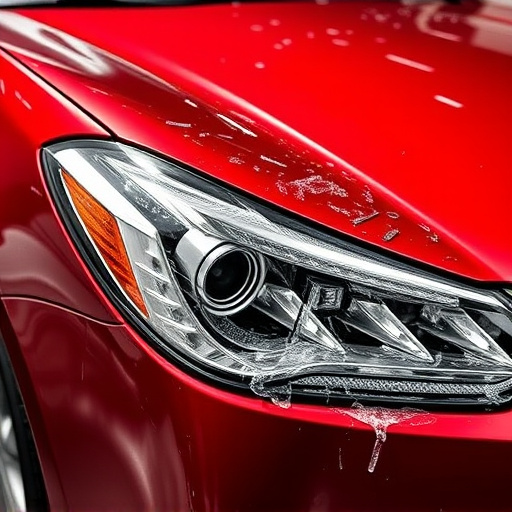
In the pursuit of efficient Mercedes soft-close doors repair, advanced diagnostic tools have become indispensable. These cutting-edge technologies enable auto body repairs specialists to pinpoint issues with precision, leading to faster and more accurate troubleshooting. By leveraging sophisticated software and sensors, technicians can diagnose problems within the door mechanism, electric actuators, or sensor calibration—all integral components in ensuring smooth, soft-close operations.
Advanced diagnostics streamline the repair process, minimizing downtime and maximizing customer satisfaction. Moreover, these tools offer a deeper understanding of car bodywork services, facilitating tailored solutions for various Mercedes models. Whether addressing minor glitches or complex fender repair needs, the integration of advanced diagnostic capabilities ensures that every fix is both effective and cost-efficient, ultimately enhancing the overall vehicle performance and longevity.
Step-by-Step Guide to Resolving Common Issues
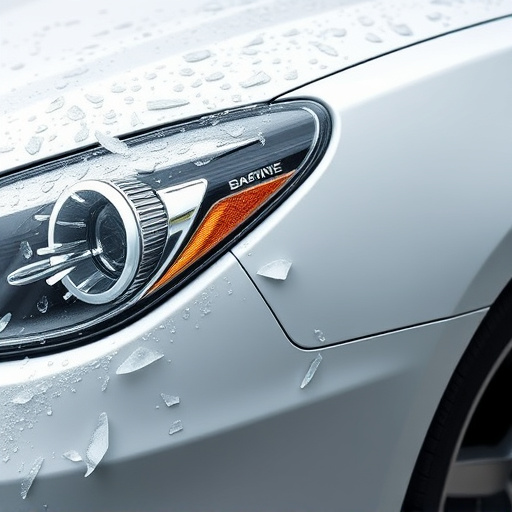
When dealing with Mercedes soft-close door issues, a systematic approach can greatly aid in efficient troubleshooting and repairs. Here’s a step-by-step guide to resolving common problems:
1. Inspect for Physical Damage: Start by meticulously examining the doors for any signs of physical damage, especially after a fender bender or collision repair services. Look for dents, cracks, or misalignments that could interfere with the soft-close mechanism. These visual cues often point to the root of the problem.
2. Test the Soft-Close Mechanism: Operate the door manually to assess its response. Ensure it closes smoothly and quietly without any jerks or unexpected behavior. If there’s a malfunction, check the door’s hinges, cables, and sensors—common areas for issues in vehicle body repair. These components work together to ensure the soft-close feature functions correctly.
3. Check for Electrical Interference: Faulty sensors or electrical glitches can disrupt the soft-close operation. Inspect the door’s control unit and wiring for any signs of damage or loose connections. Repairs or replacements might be necessary if found.
4. Adjust Door Alignment: Misalignment can cause doors to stick or not close properly. Use alignment tools to adjust the door panels, ensuring they are correctly positioned relative to the vehicle body. This step often requires precision and a good understanding of Mercedes door mechanisms.
5. Replace Worn-Out Components: Over time, parts like cables, hinges, or sensors can wear out, leading to soft-close door issues. If the problem persists after initial checks, consider replacing these components as part of comprehensive collision repair services.
Advanced diagnostics have transformed the way we approach Mercedes soft-close door repairs, making it easier to identify and fix issues efficiently. By utilizing modern diagnostic tools and a systematic troubleshooting process, mechanics can now navigate through complex systems with greater precision. This not only saves time but also ensures that every aspect of the soft-close mechanism is thoroughly inspected and corrected, leading to smoother, more reliable operations for these high-performance vehicles. For those looking to tackle Mercedes soft-close doors repair, having access to this advanced knowledge is a game-changer.


